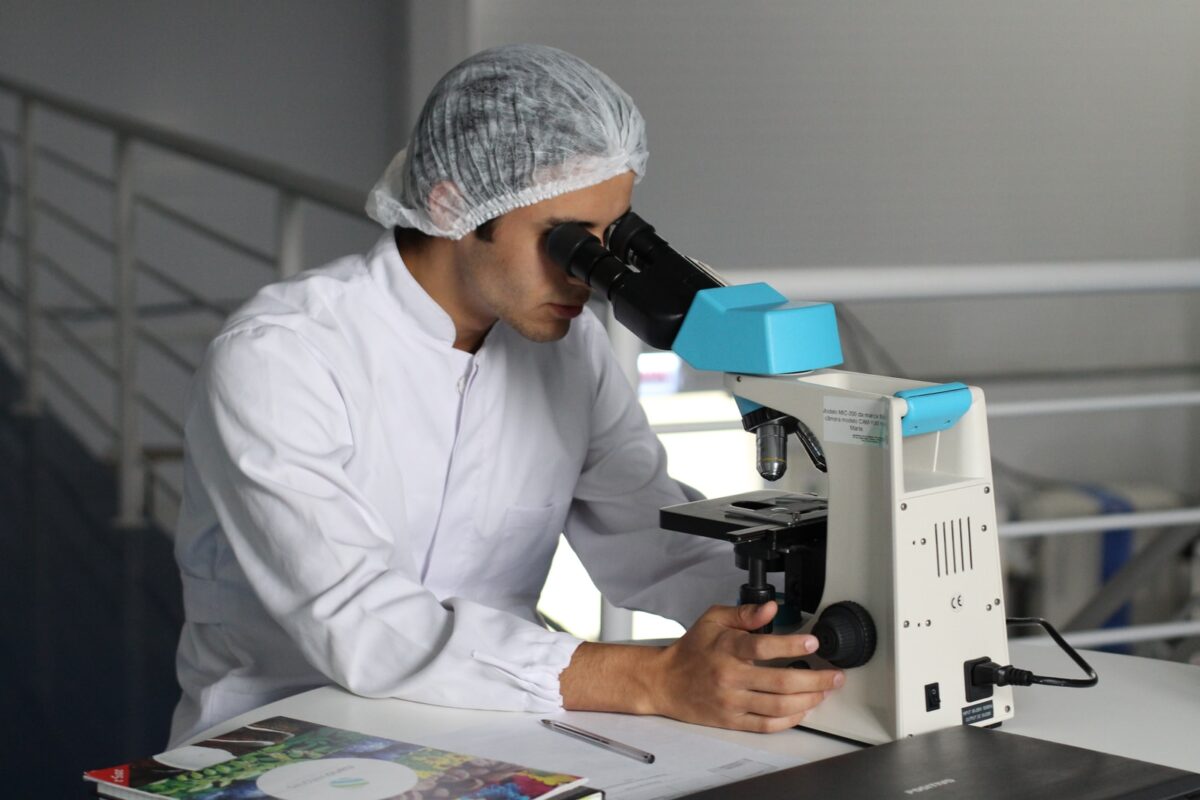Guy Hatchard
hatchardreport.com
Dr Guy Hatchard is an international advocate of food safety and natural medicine. He received his undergraduate degree in Logic and Theoretical Physics from the University of Sussex and his PhD in Psychology from Maharishi University of Management, Fairfield Iowa.
For the last year, the Hatchard Report has been publishing discussions carefully referenced to published scientific papers. These reveal an evolving picture.
Unfortunately, government policy has remained fairly static over the course of the year and has consequently become detached from the scientific record.
The questions everyone is asking: “How could this have happened?” and, more importantly, “Why is it still happening?” and finally, “Will I survive this madness?”
It is important not to lose contact with commonsense
New Zealand has simultaneously the world’s highest rate of both vaccination and Covid. Record levels of all cause mortality. Unprecedented rates of vaccination adverse effects. A failing hospital system overwhelmed with a great variety of health conditions, much of which is unrelated to Covid.
Draw your own conclusions, it is not very difficult is it?
It is all too obvious that something has gone terribly wrong with our pandemic policy but the government is obstinately clinging to its course. Today enforcing compulsory mask wearing in schools. Tomorrow, who knows what they will do?
Scientists around the world are becoming noticeably more cautious about endorsing mRNA vaccines; some are openly changing sides.
The German government has officially admitted a high rate of serious adverse effects following mRNA vaccination and encouraged its citizens to seek help.
Despite this, anyone publicly stating the obvious is still being cancelled by social media giants (YouTube, Google, FB, Twitter), MSM and the pharmaceutical PR machine. Even sharing scientific papers might get your account deleted.
It all has a disturbing ring of unreality doesn’t it? It either makes you laugh or cry.
Don’t worry, the tide is turning, a sense of desperation is creeping into the pro-mRNA narrative.
These are some common tropes that we fact check:
This is only a preprint paper, therefore it is not peer reviewed, so its conclusions must be suspect.
FALSE: Actually almost all Covid publishing is preprint. There are very good reasons for this: Covid mutates so quickly that papers would be out of date if they had to go through the lengthy peer review process before seeing the light of day. In any case, preprint papers are strictly vetted by journals.
It was a study done on mice, so it doesn’t apply to humans.
FALSE: Lots of studies are done on animals as a precursor to assessing the risks for humans. It is standard procedure.
mRNA vaccine does work because it is actually a therapeutic vaccine designed to alleviate symptoms.
FALSE: The term ‘therapeutic vaccine’ was first used in 2010 and is limited to certain experimental pharmaceuticals designed to aid treatment programmes for diseases such as HIV. They are administered after infection. mRNA vaccines are administered before infection.
My eye drops say they could cause irritation to one in every thousand and I use them every day without harm, so even if the vaccine has side effects it is actually very safe.
FALSE: People aren’t dying after using eye drops, as they are after mRNA vaccination.
mRNA vaccination prevents long Covid
FALSE: studies show vaccination reduces incidence of long Covid by only 14 per cent, which is negligible, especially when weighed against the high risk of adverse effects.
Our hospitals are overwhelmed by unvaccinated Covid patients. I am so glad that I am fully vaccinated otherwise my Covid symptoms would have been worse.
FALSE: the rate of hospitalisation per 100,000 boosted individuals exceeds that of the unvaccinated.
mRNA vaccines cannot affect the DNA in your liver because the studies were done in vitro and don’t apply to real life.
FALSE: In vitro studies are routinely taken as key indicators of potential human effects.
You’ll have a hard time proving that vaccines cause harm. Temporal association doesn’t amount to causality.
FALSE: Temporal association has traditionally been considered the primary indicator of causality.
Herd immunity is a conspiracy theory.
FALSE: It is a highly verified epidemiological concept. Unvaccinated people are 97 per cent protected from reinfection after their first Covid inflection, but the vaccinated remain vulnerable due to mRNA vaccine induced immune deficiency.
Masks prevent transmission and infection.
FALSE: New Zealand is masked up. Go figure.
Unvaccinated people are reservoirs of infection, they are passing on Covid to others even if they have no symptoms.
FALSE: We are getting very silly now, but some New Zealand GPs are circulating this mush.
It is a curious feature of pandemic times that some scientists and medicos want us to transfer our allegiance from our time-honoured cultural, educational, sacred and scientific traditions, to their own inventions and imaginings.
They want to deny the existence of cultural diversity, scientific inquiry, natural remediation and ethical morality in favour of their own dictated absolutes. Now their view of health is falling apart.
We are in what physicists might call a ‘phase transition’
As the reality of poor and dangerous outcomes of pandemic policy begins to sink home, a period of confusion, disbelief and desperation is becoming more general.
The potential profits and income from pandemic products and services is beginning to look far less desirable, even to its beneficiaries who are looking over their shoulders as Covid catches up with them.
It is a time to stand firm, to hold on to the Self, to remember traditions and historical lessons. A time to understand science as a process of verification rather than a dogma. A time to rekindle our understanding of the sanctity of life.
In the end truth alone triumphs.

